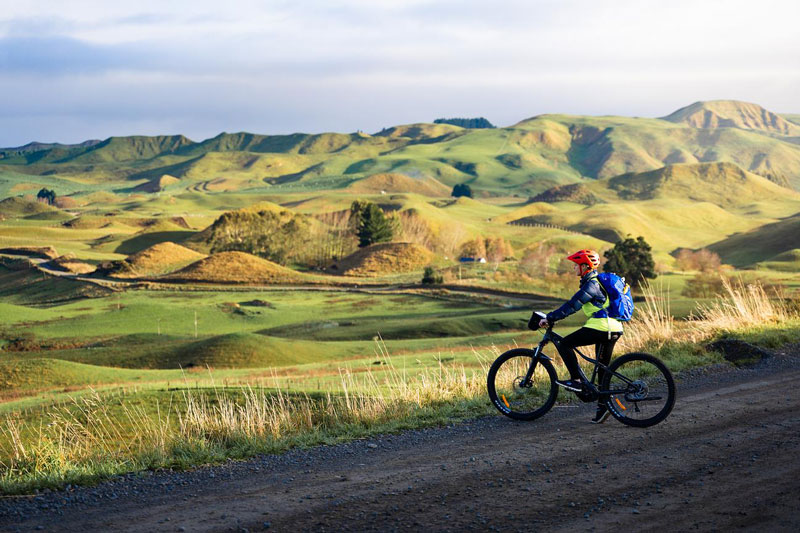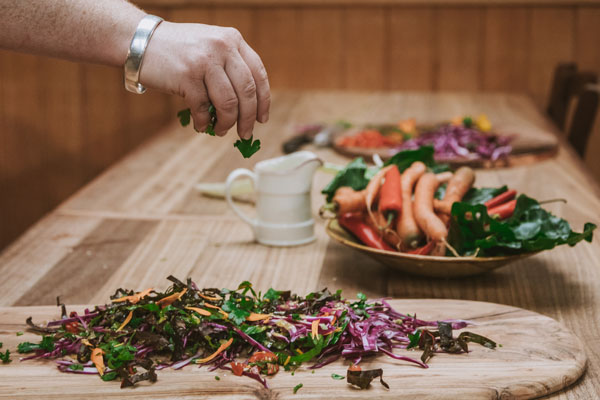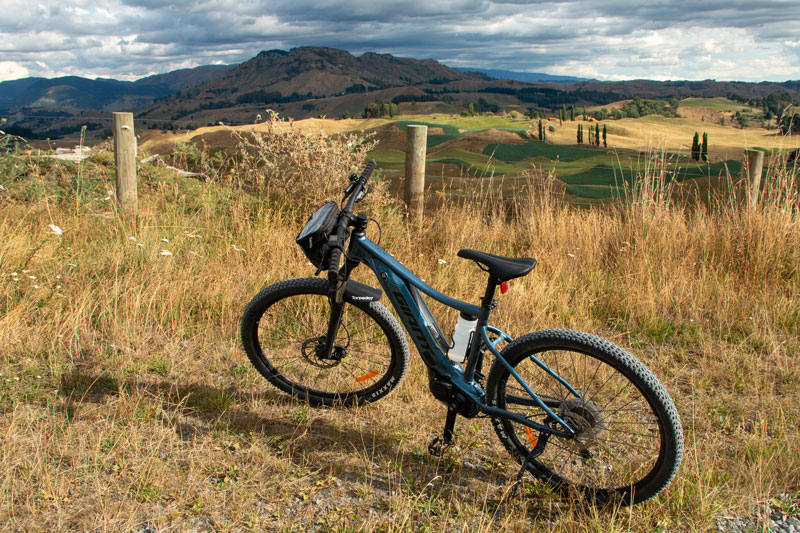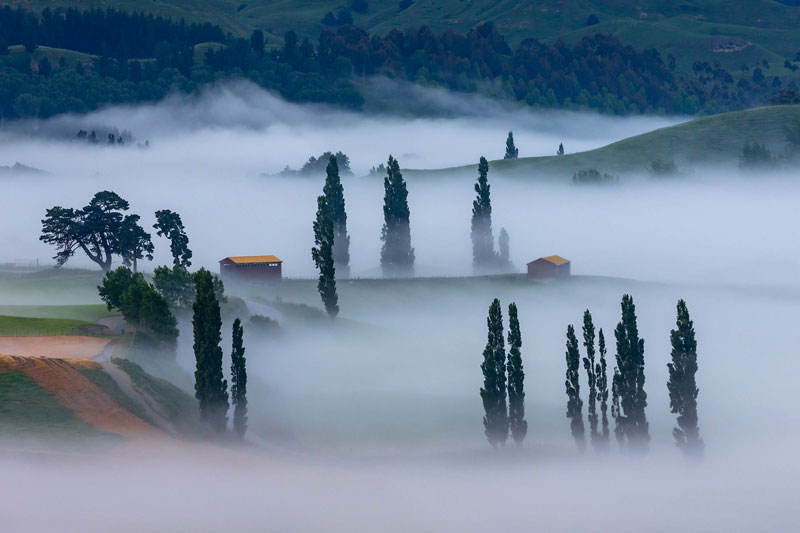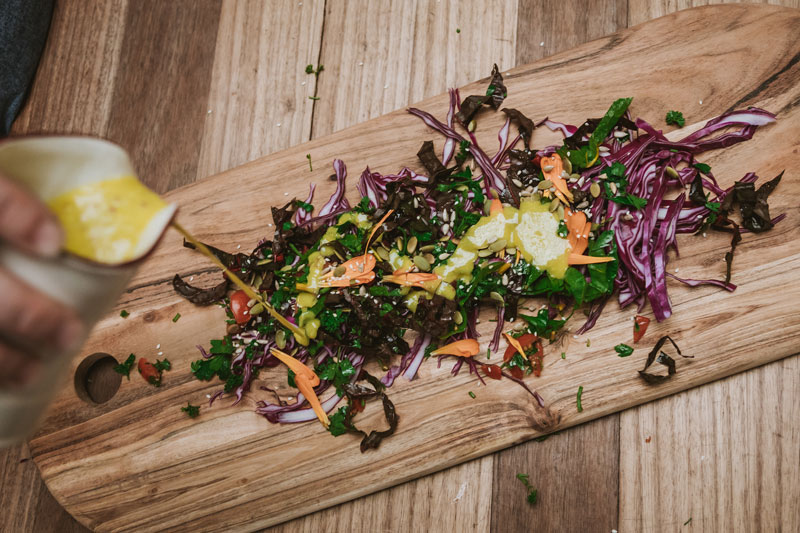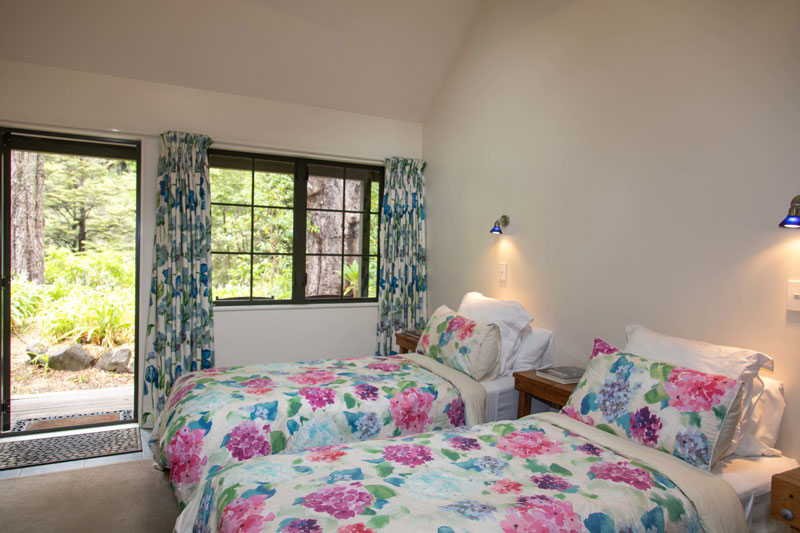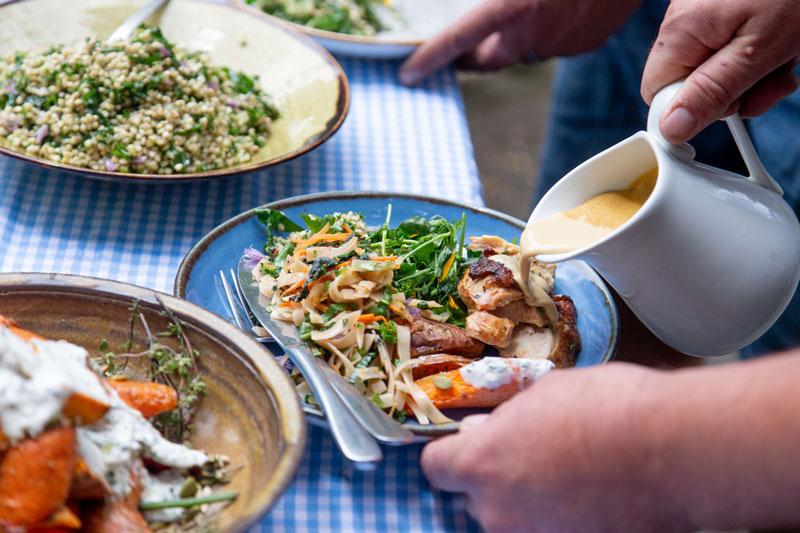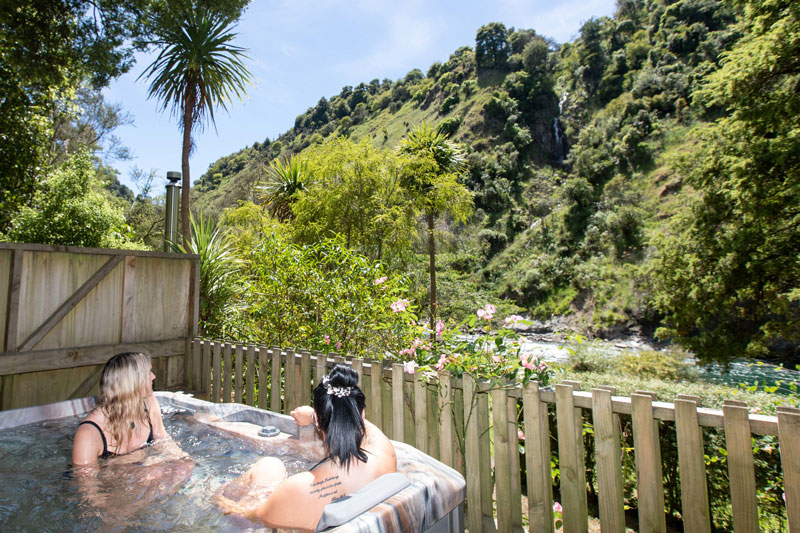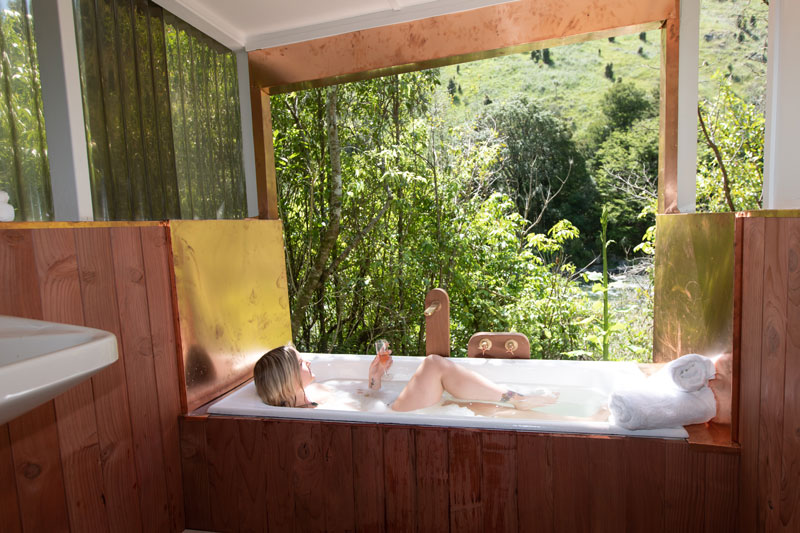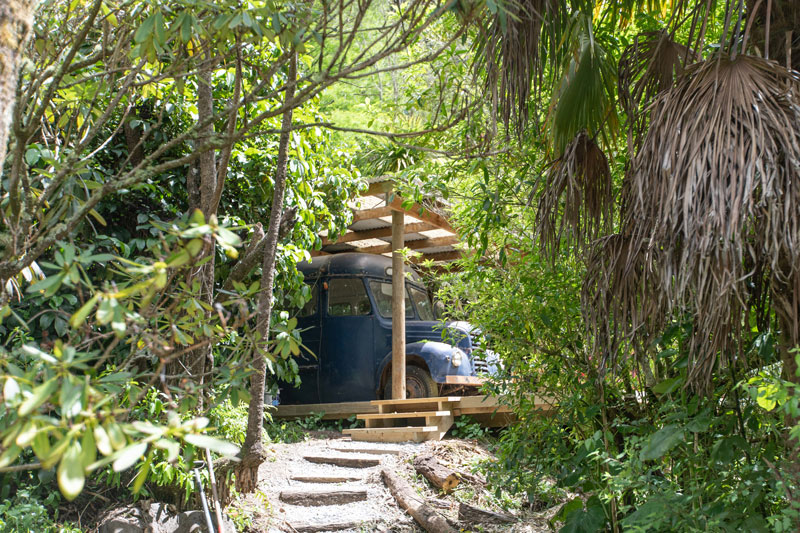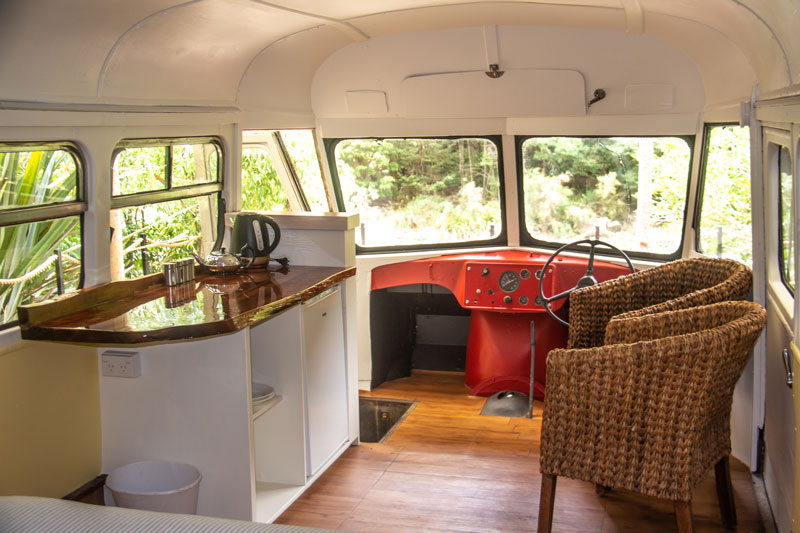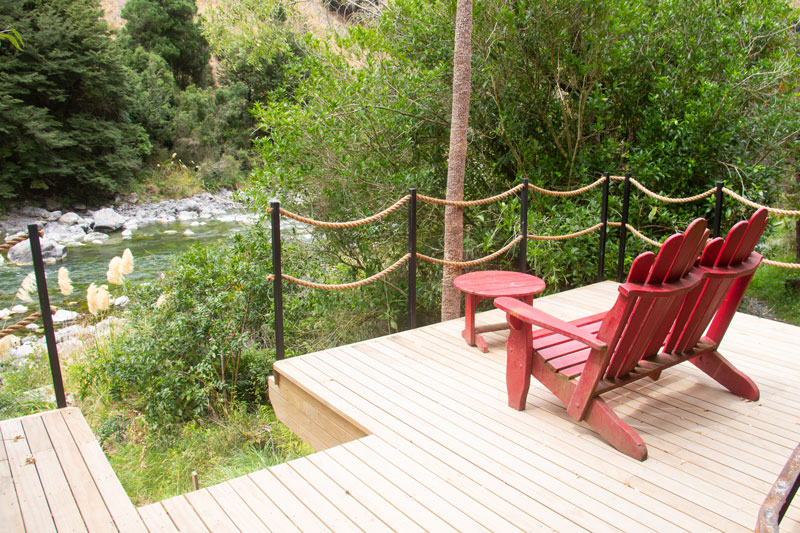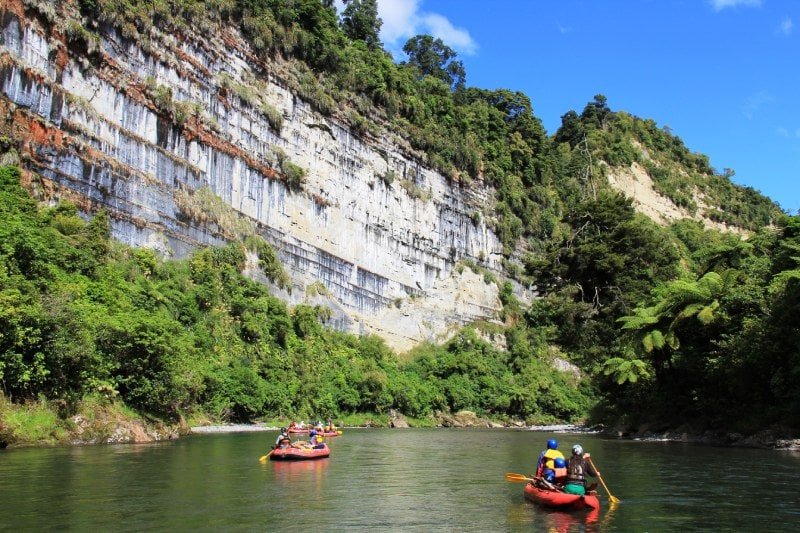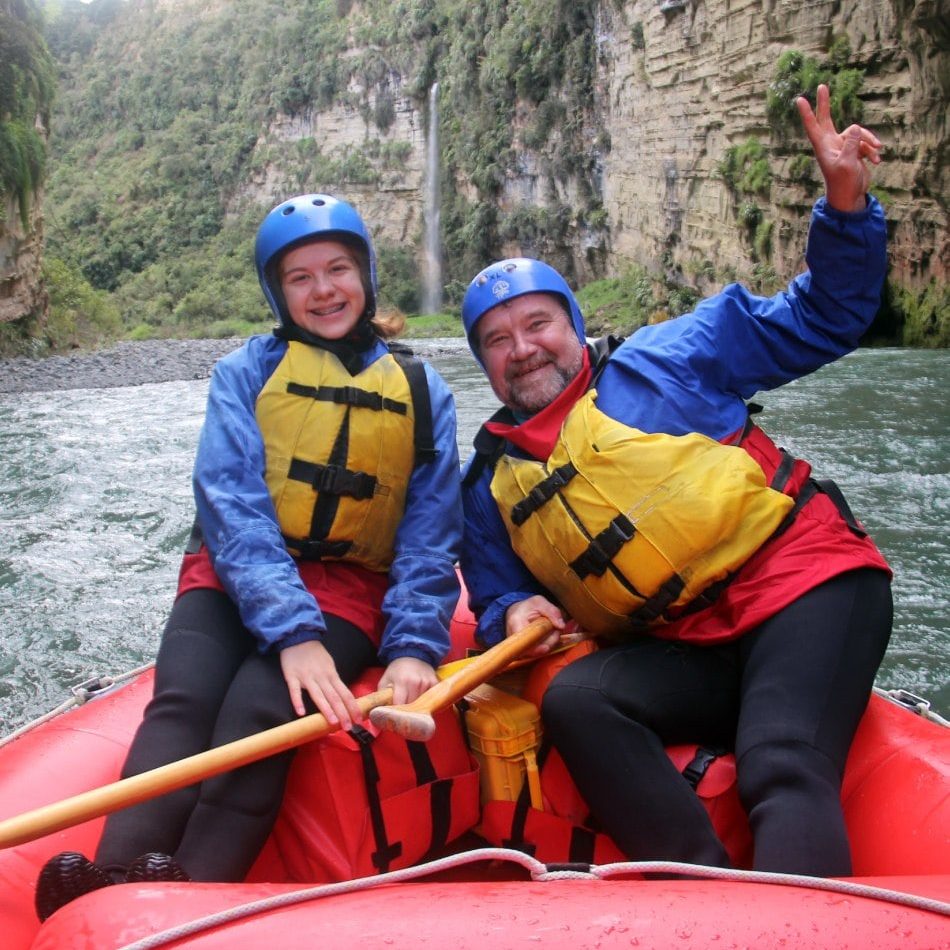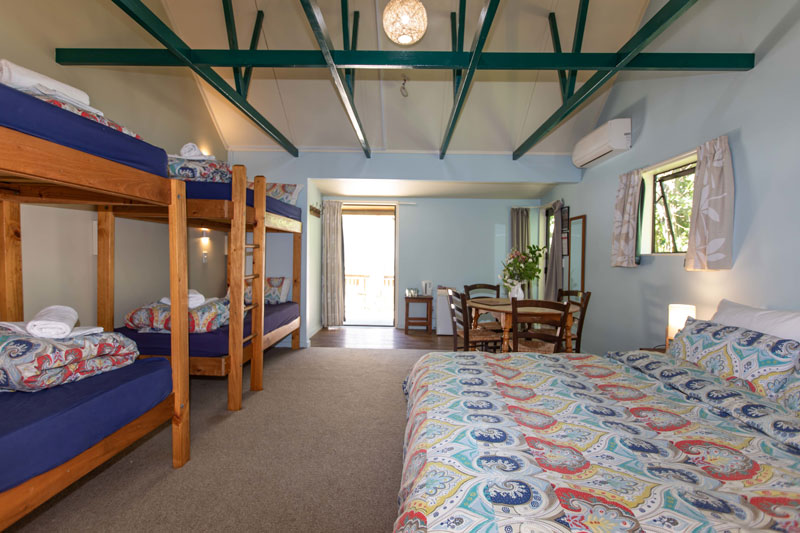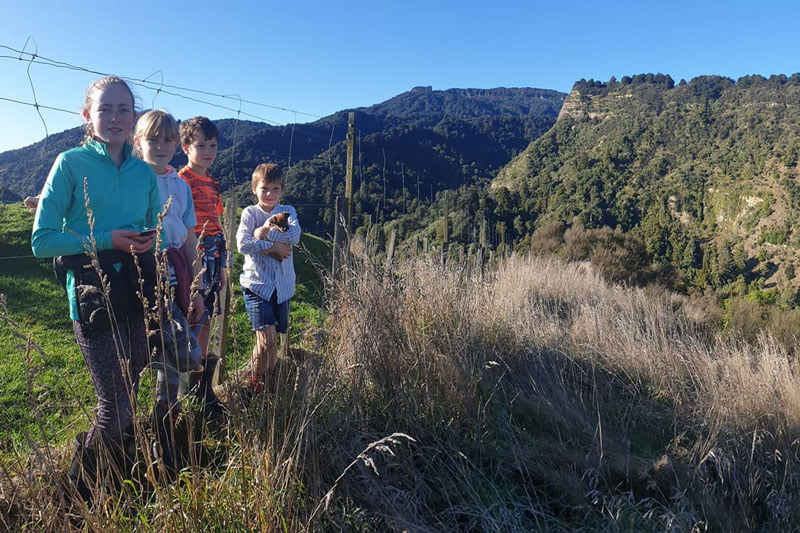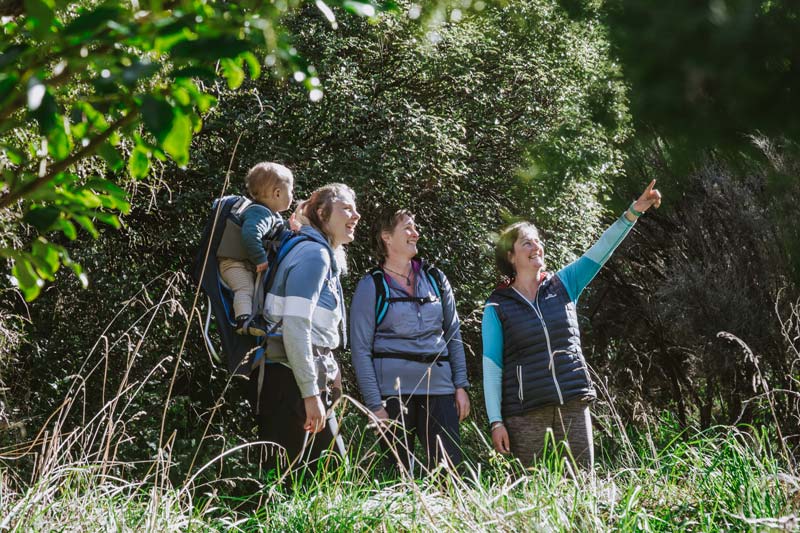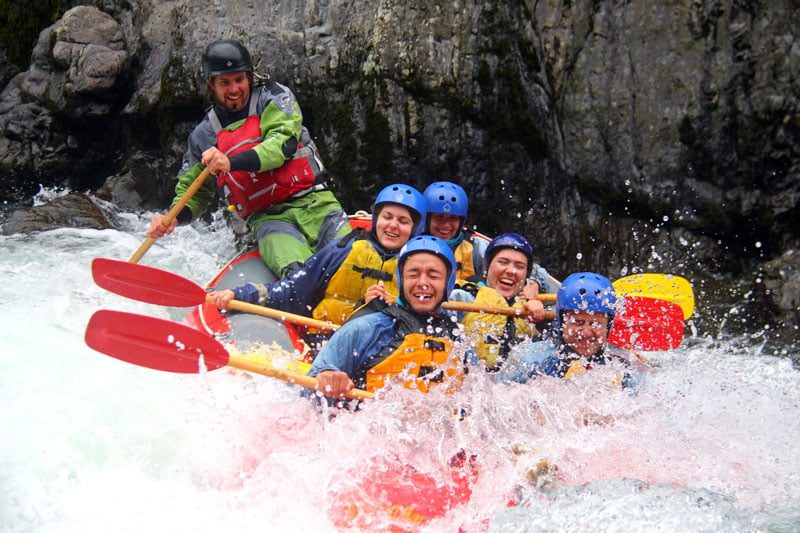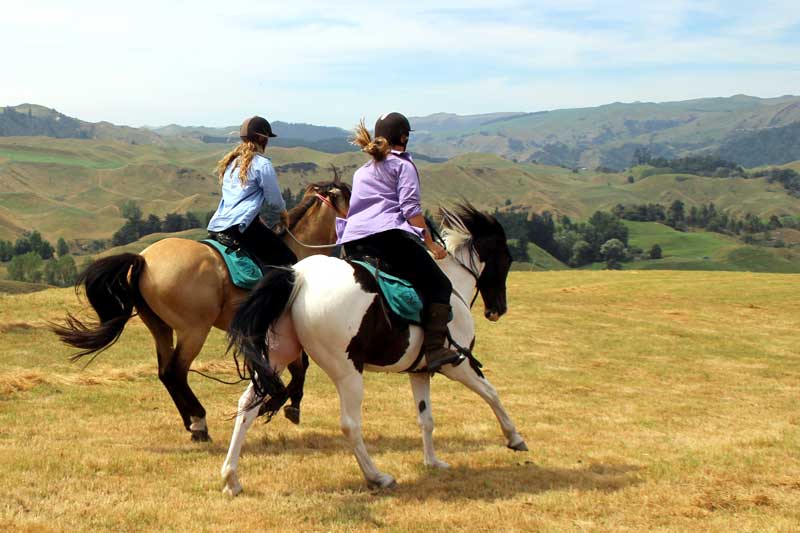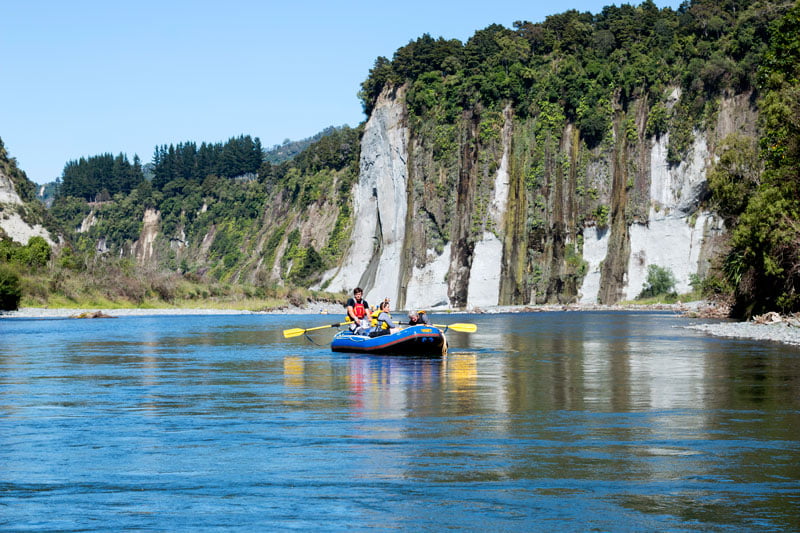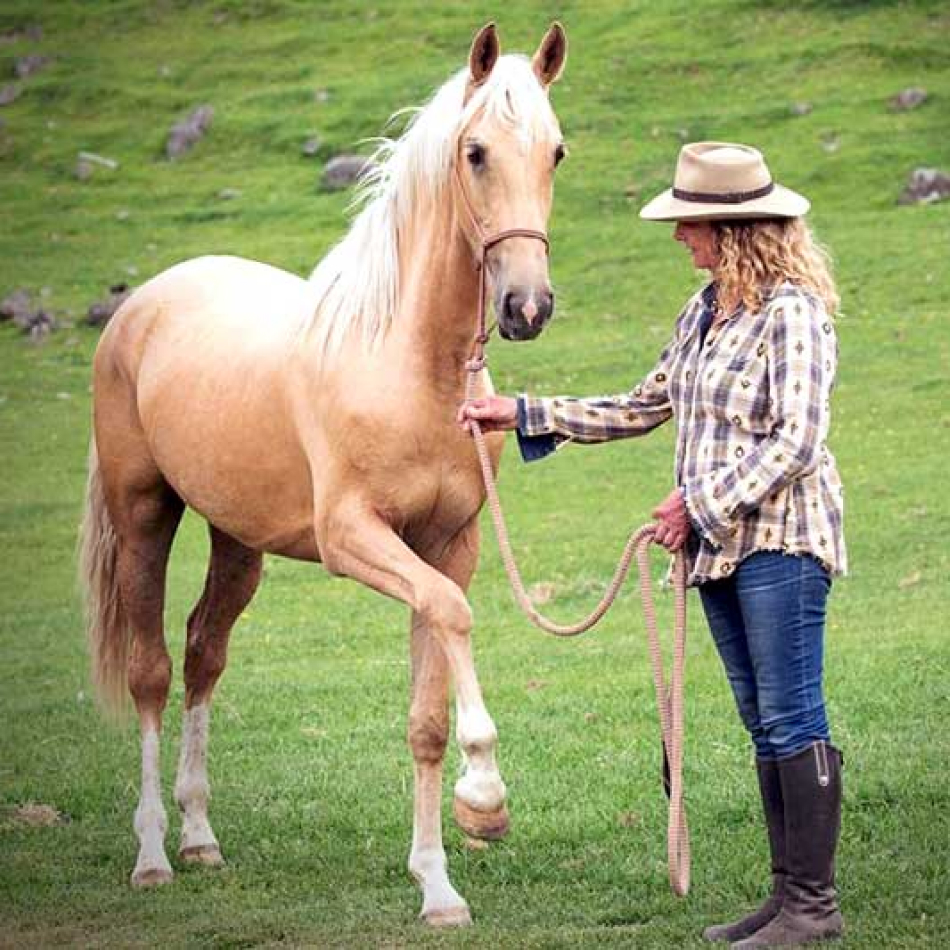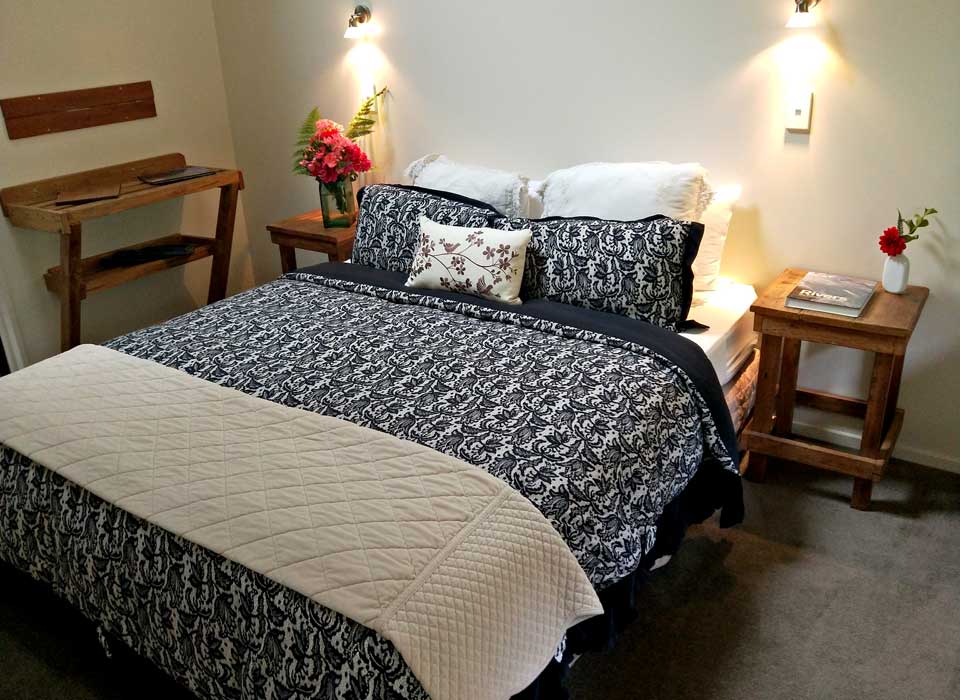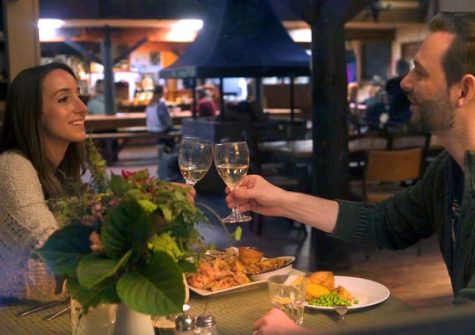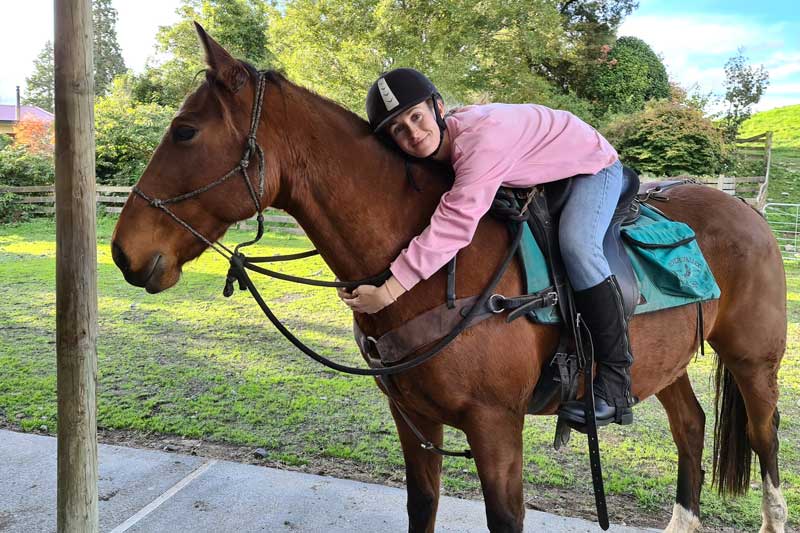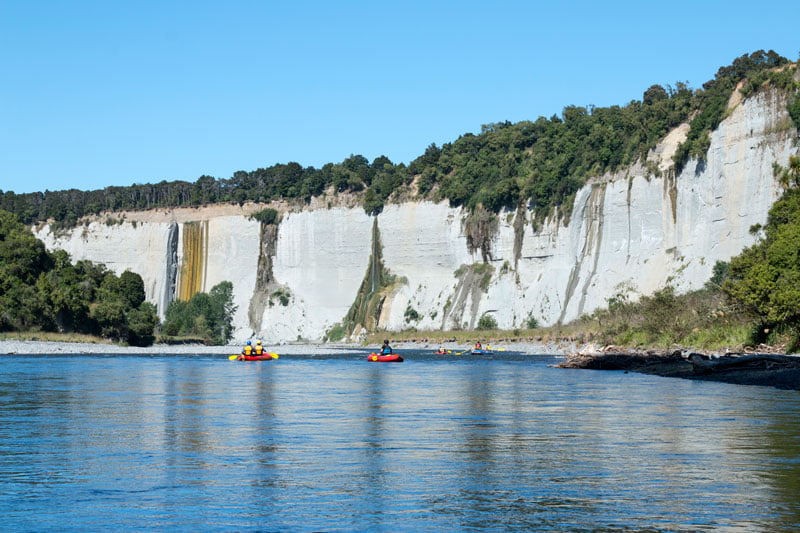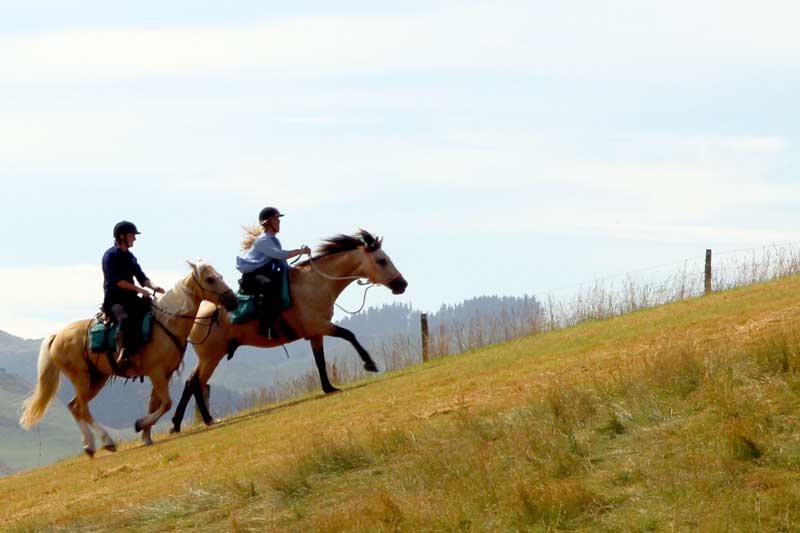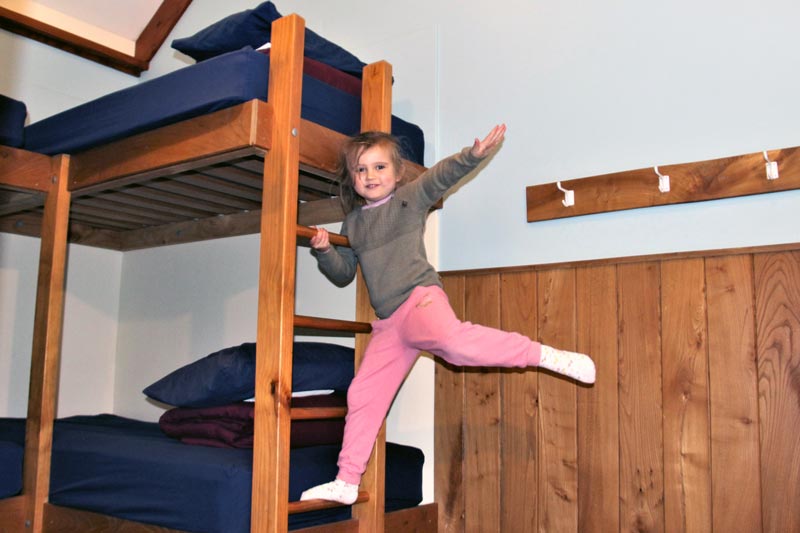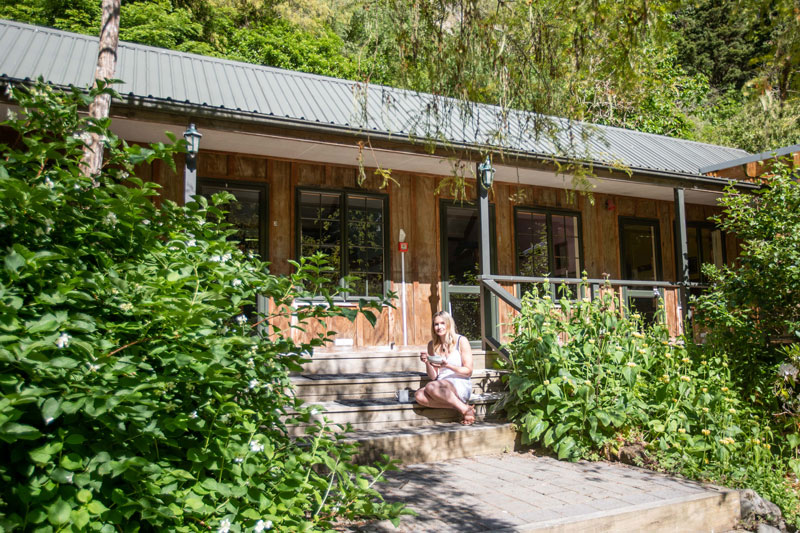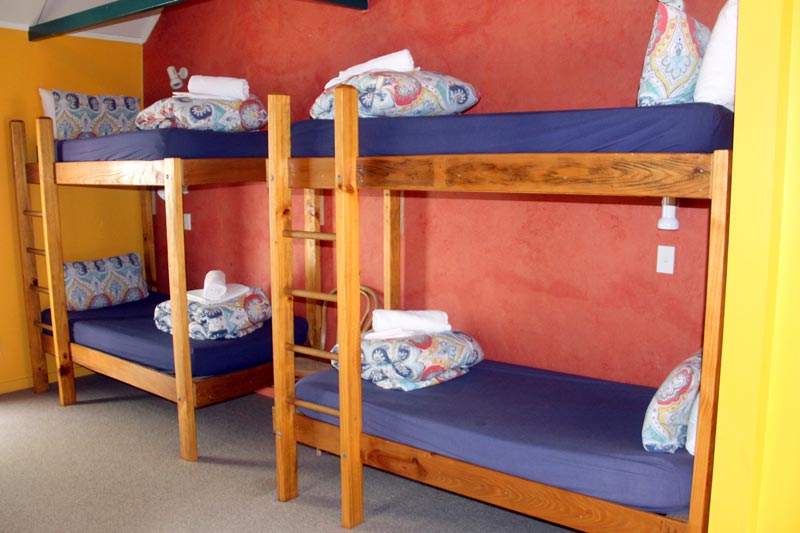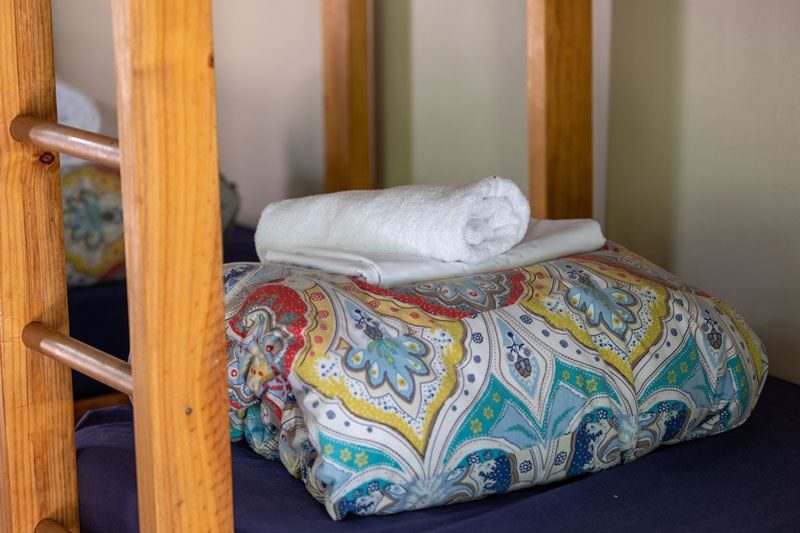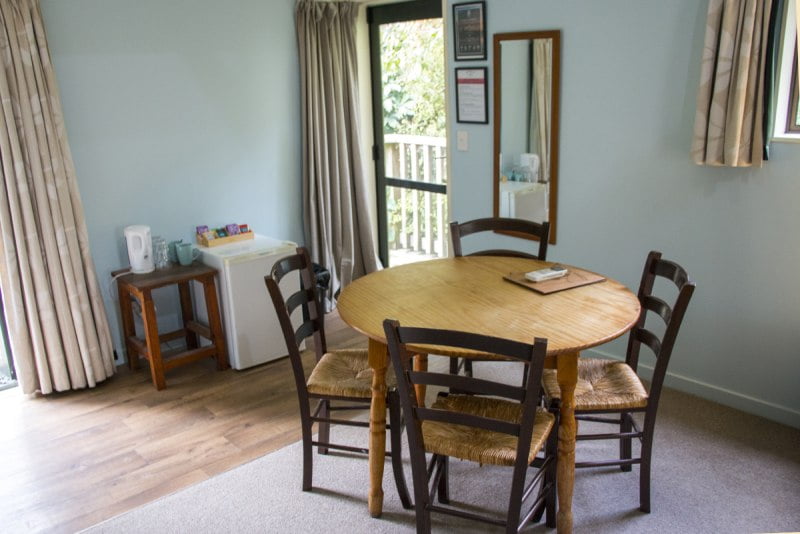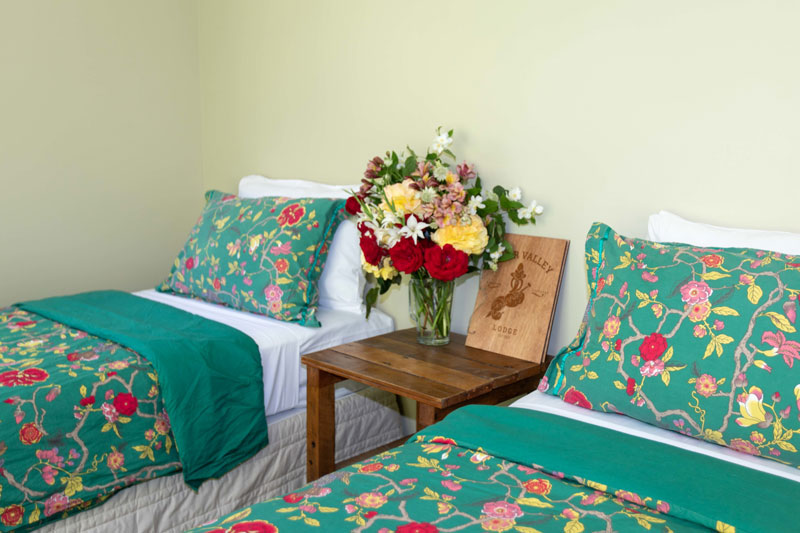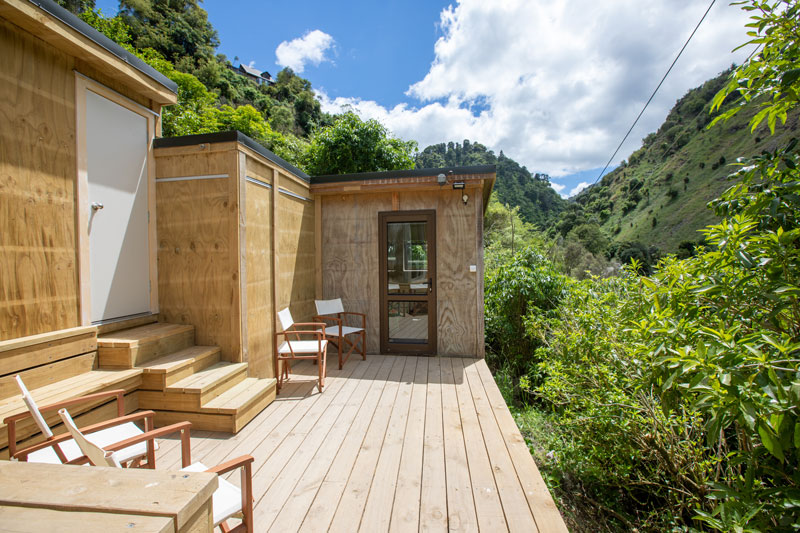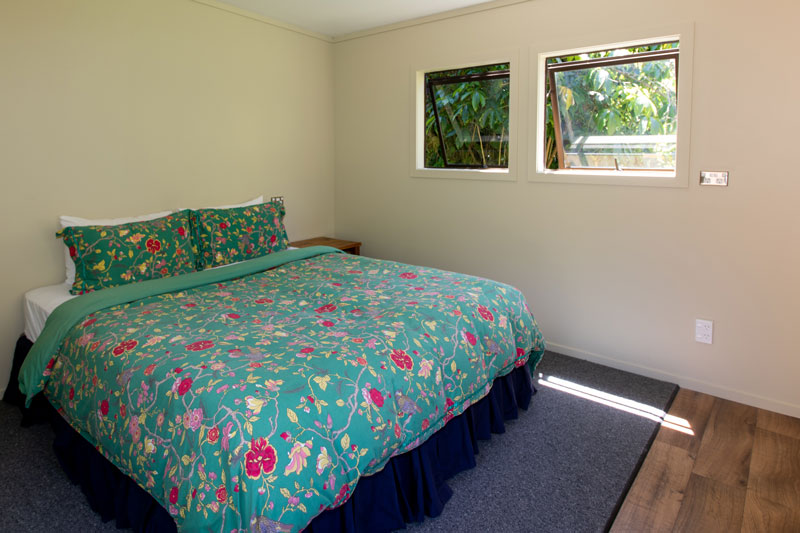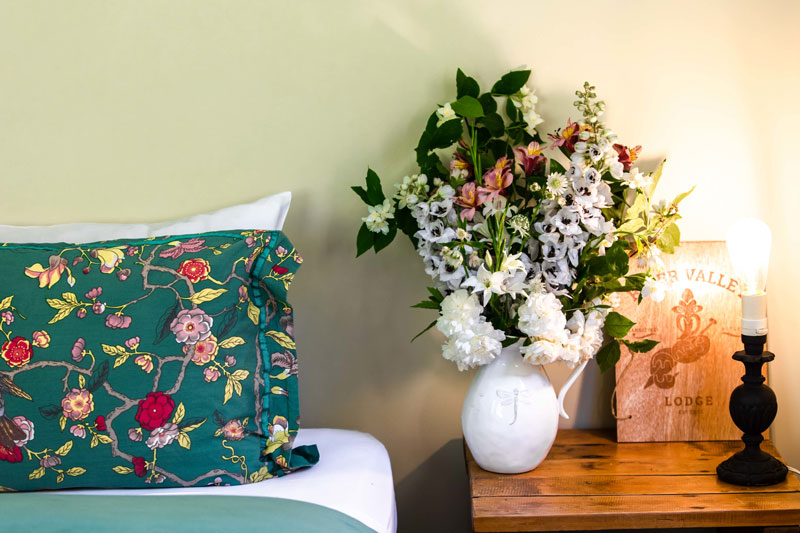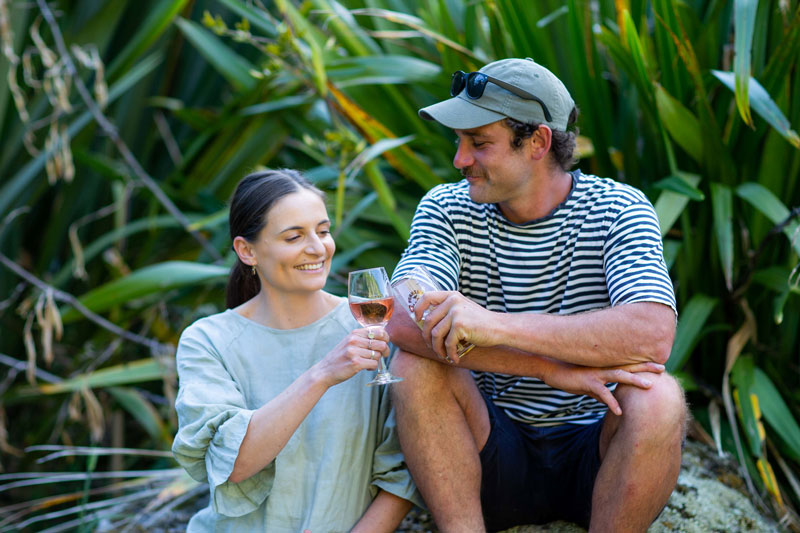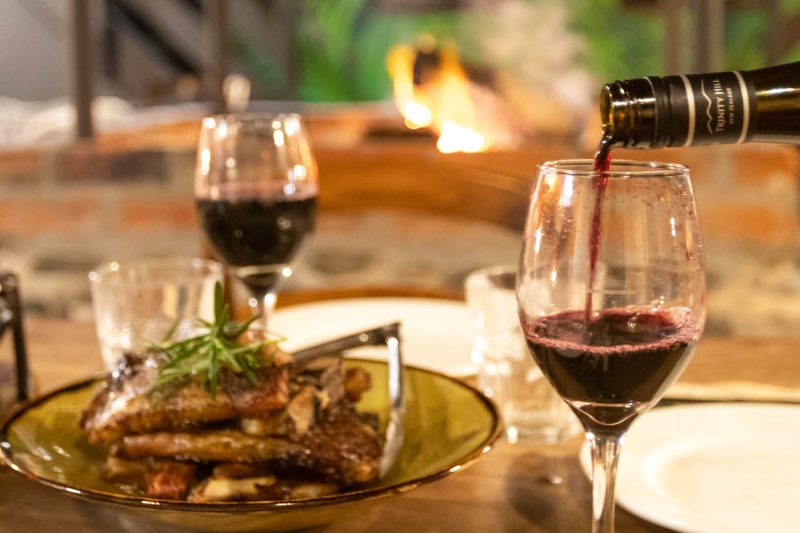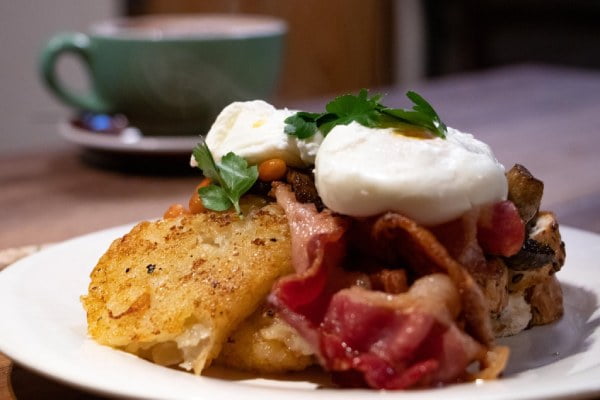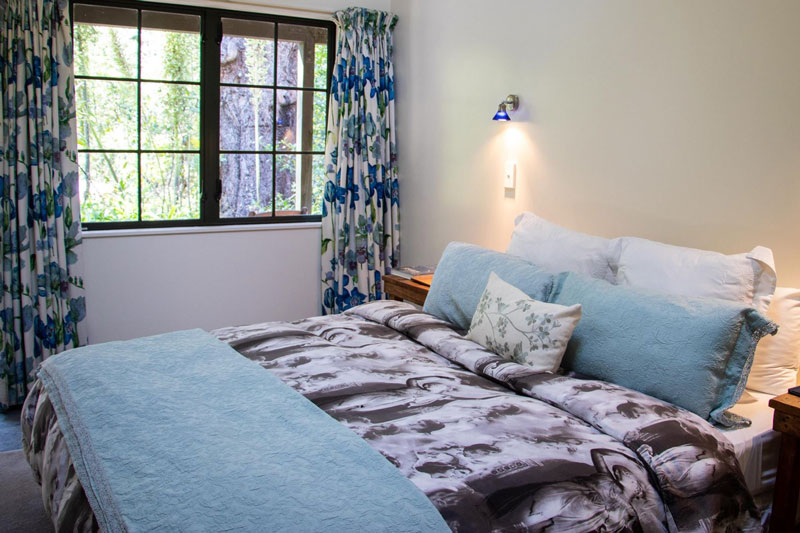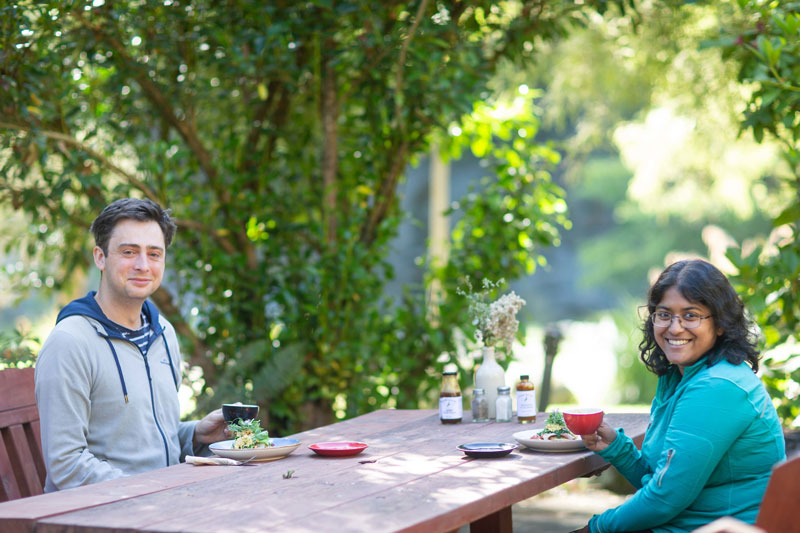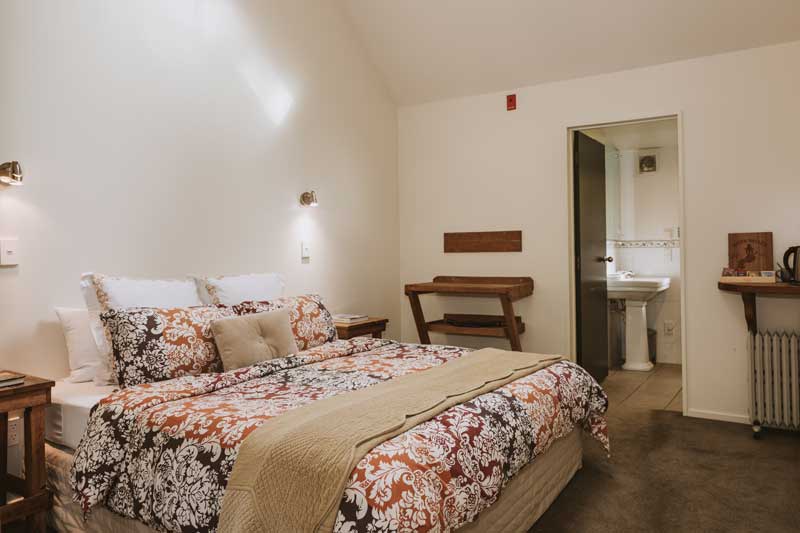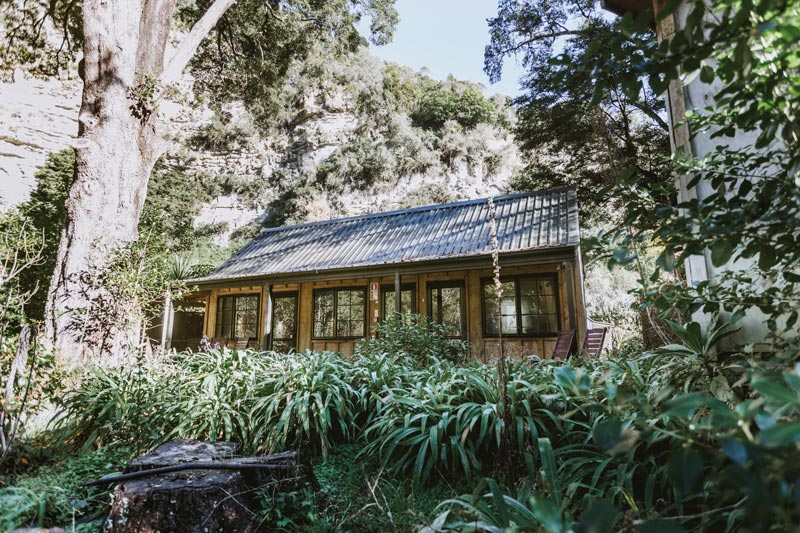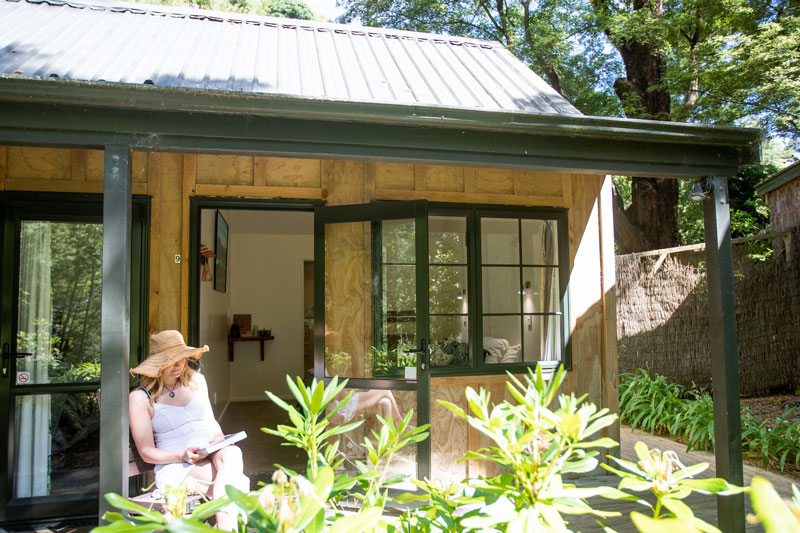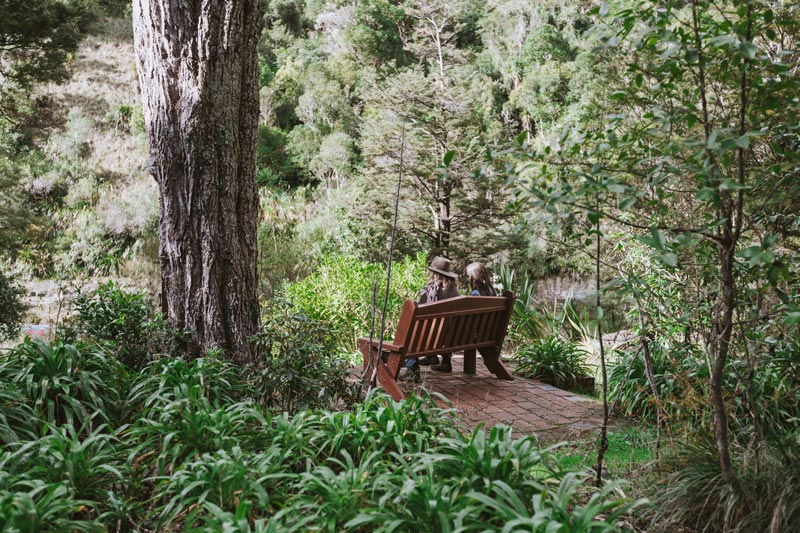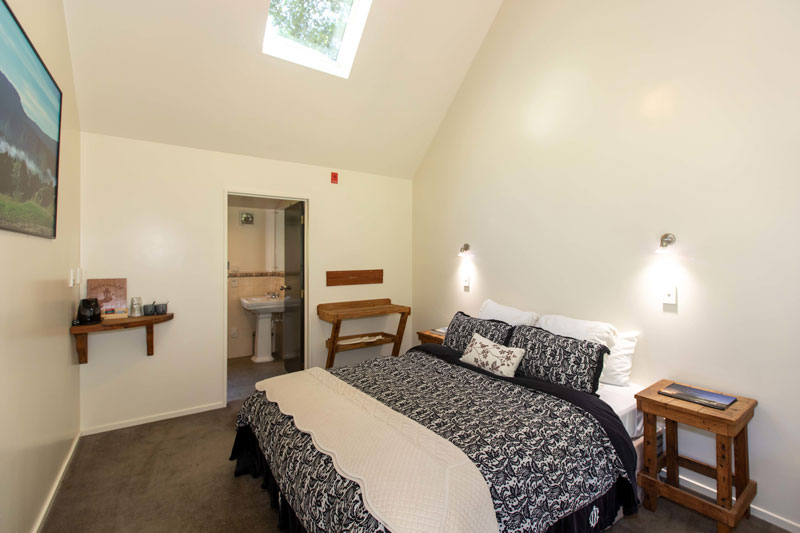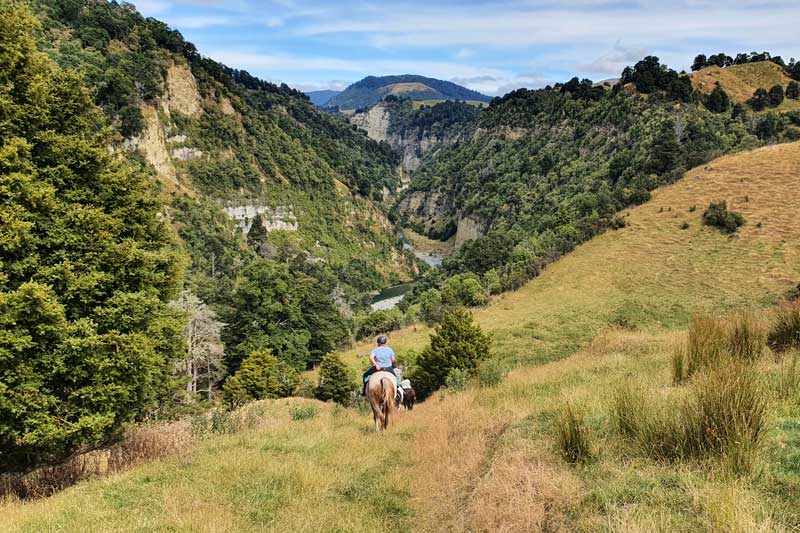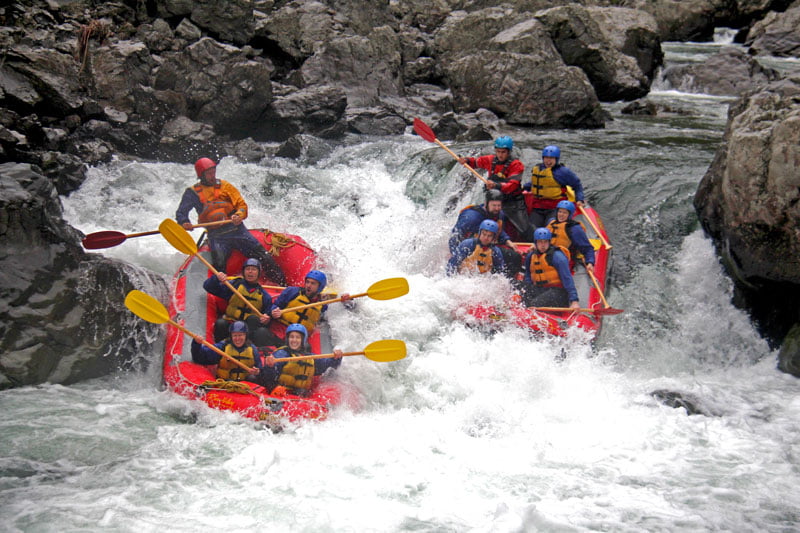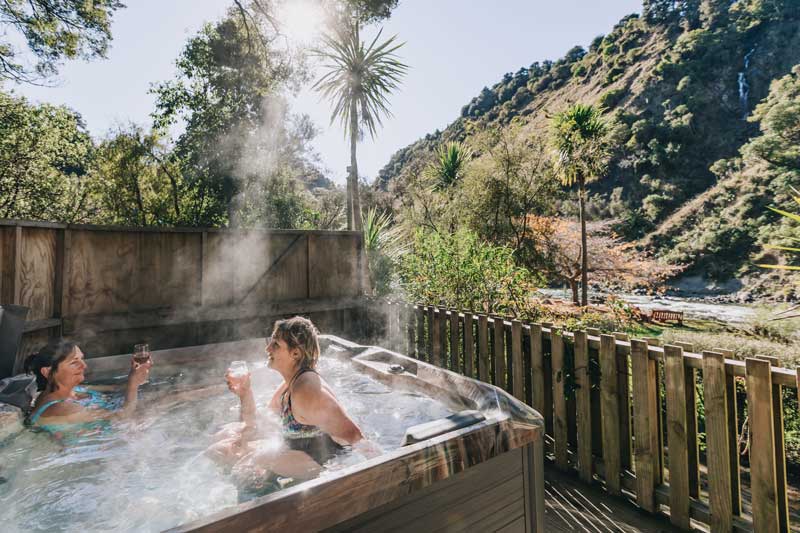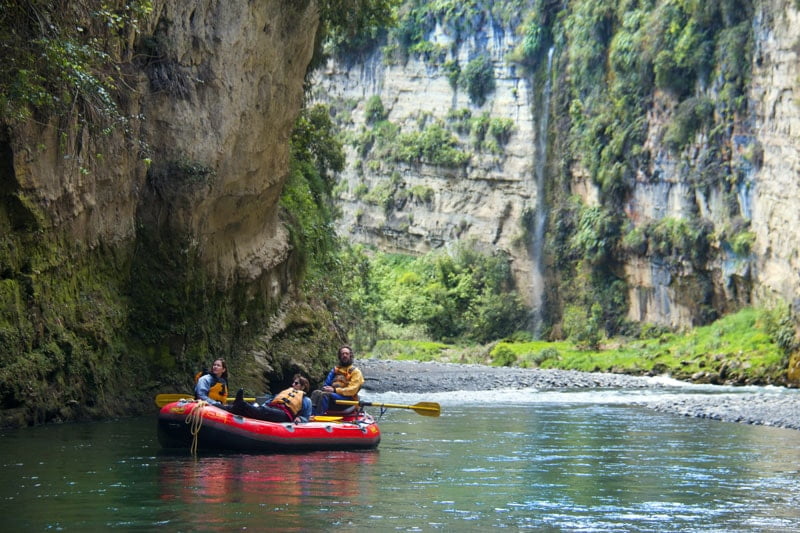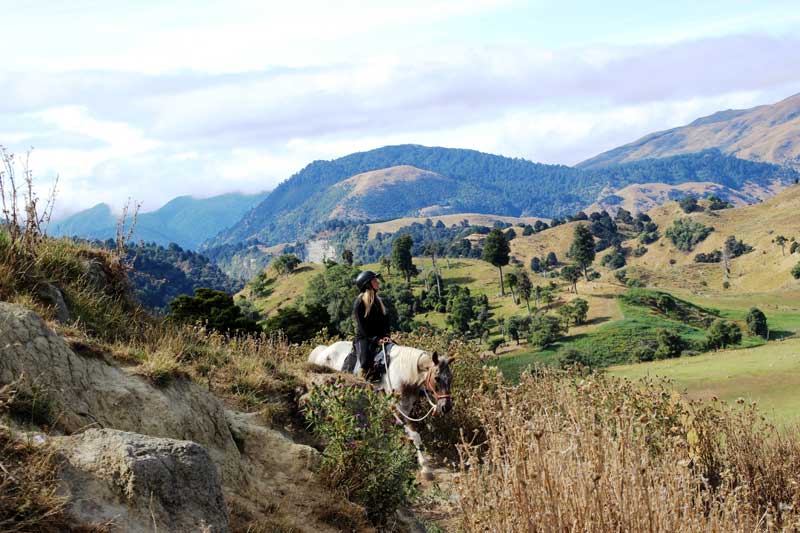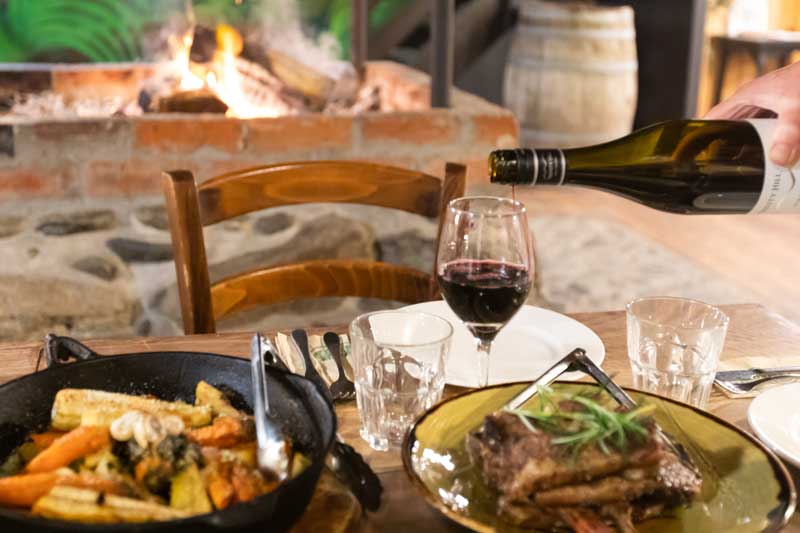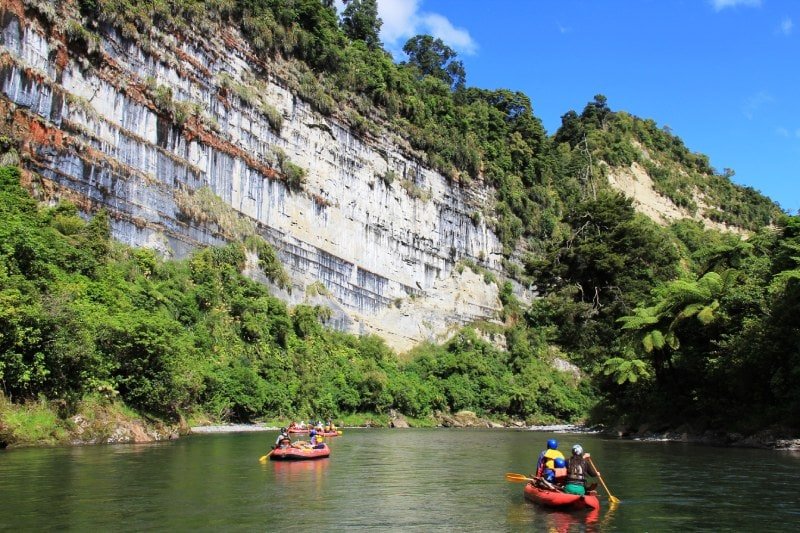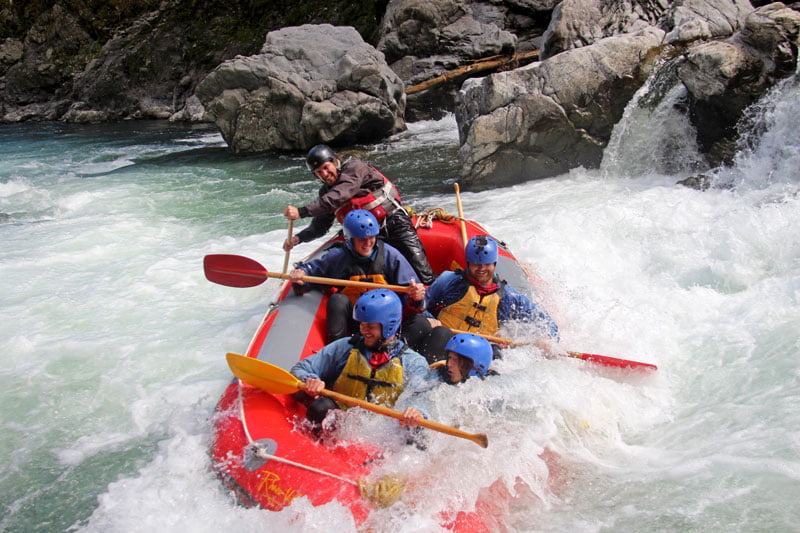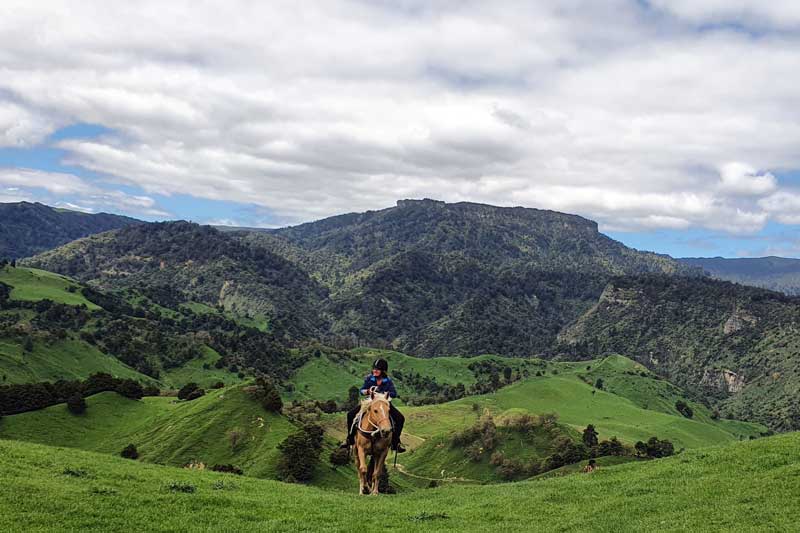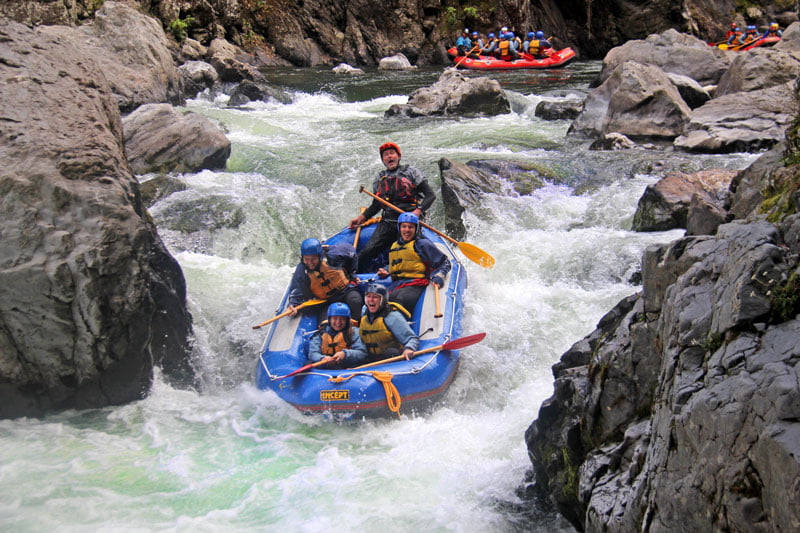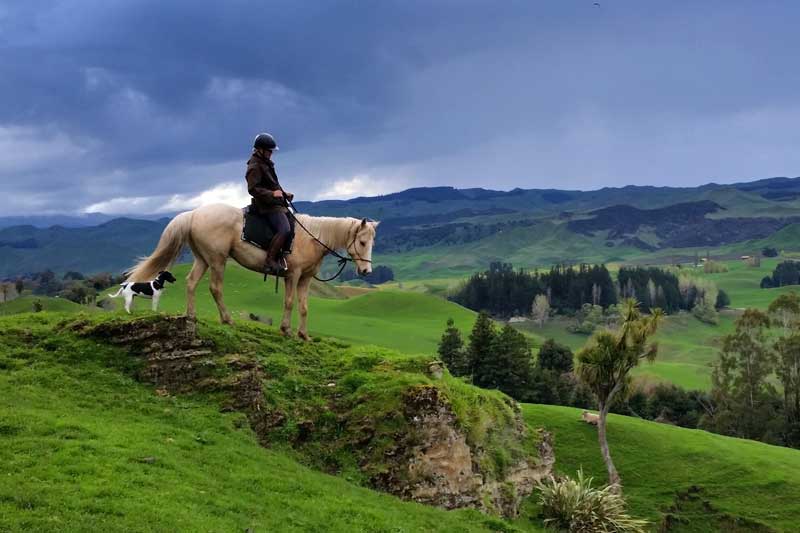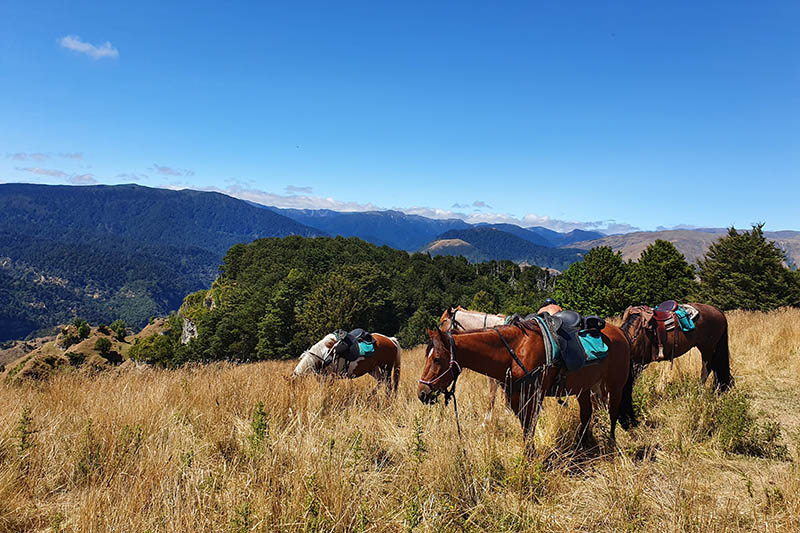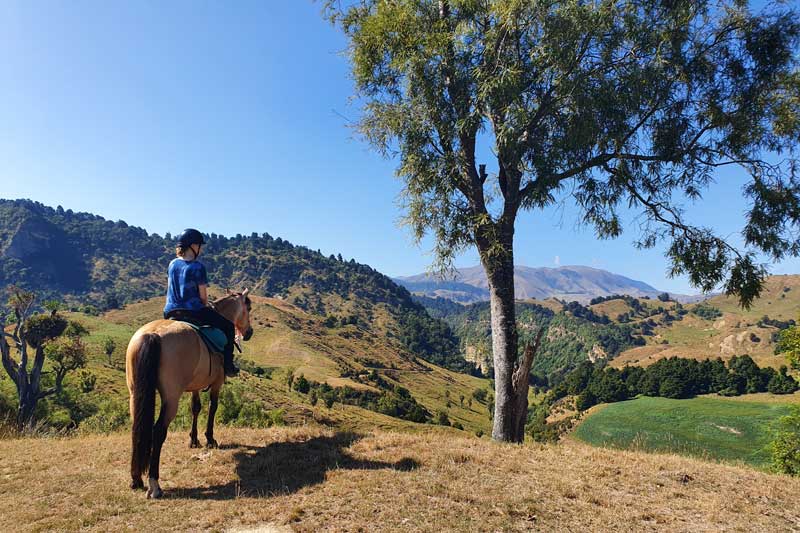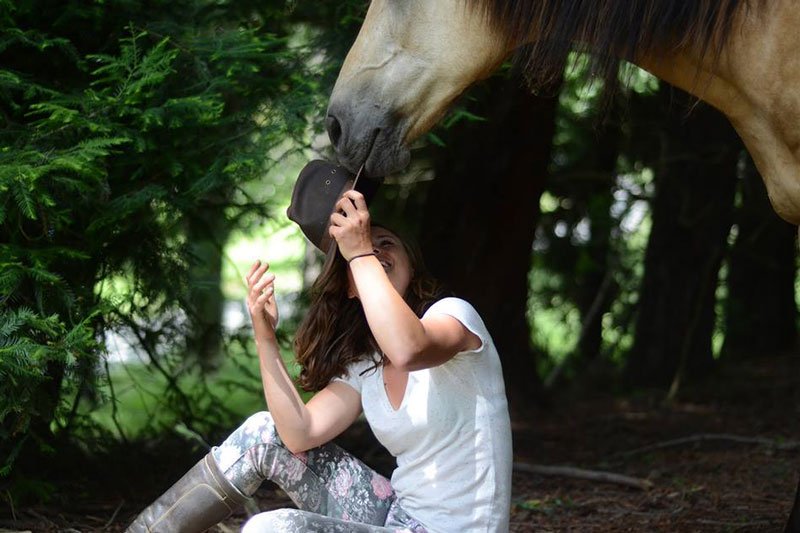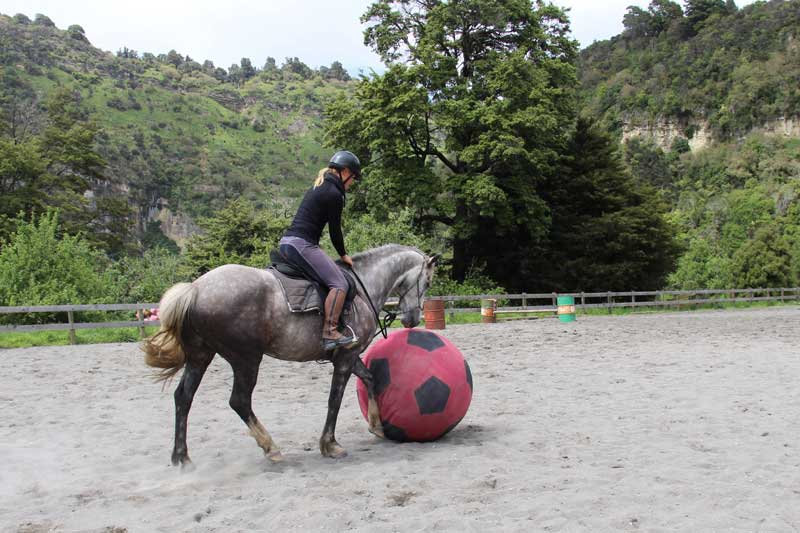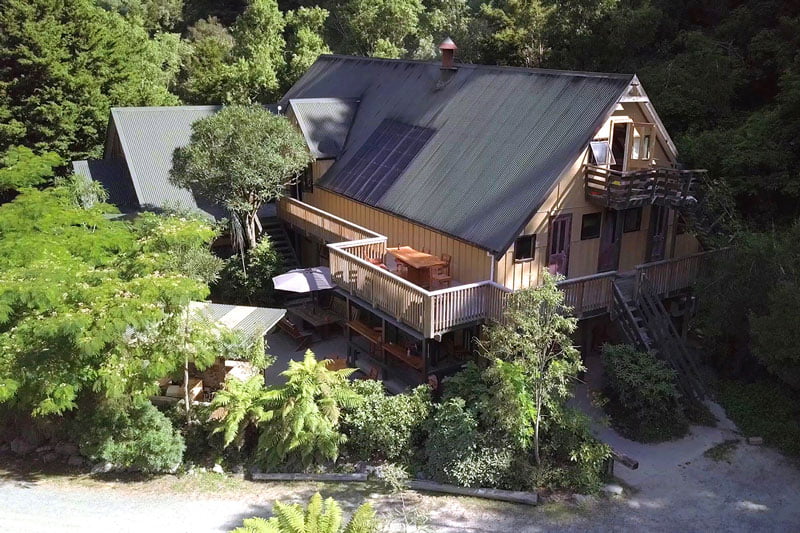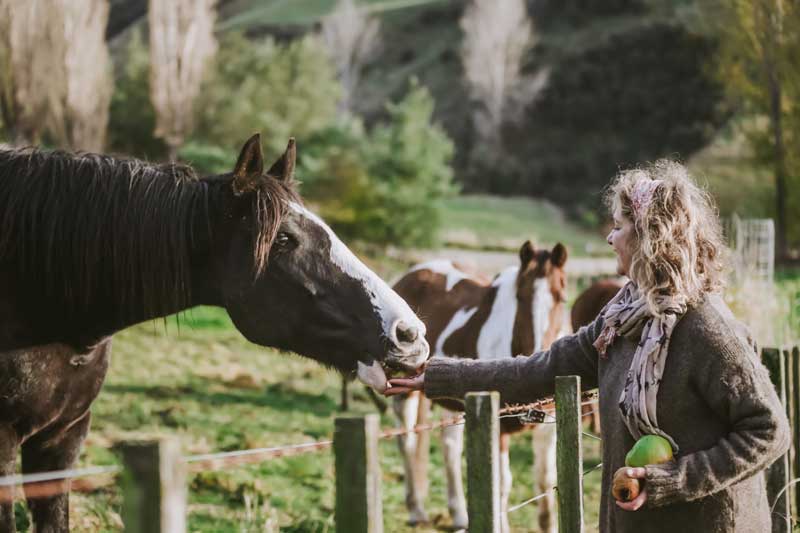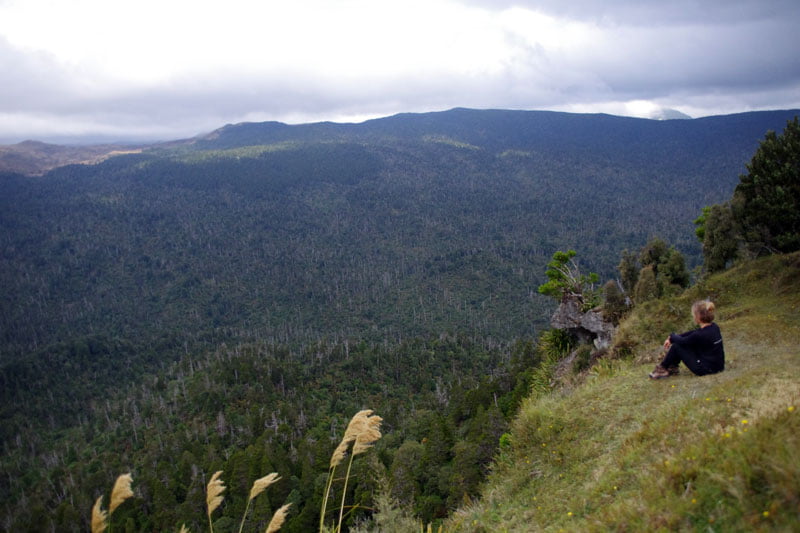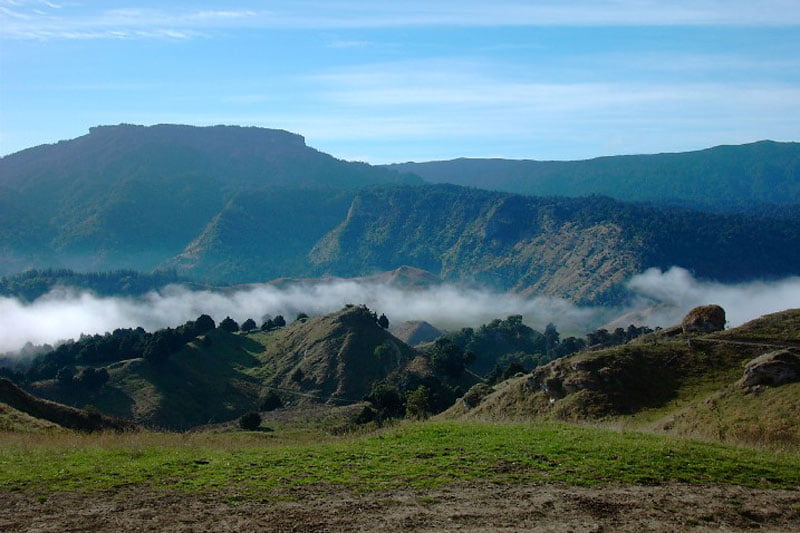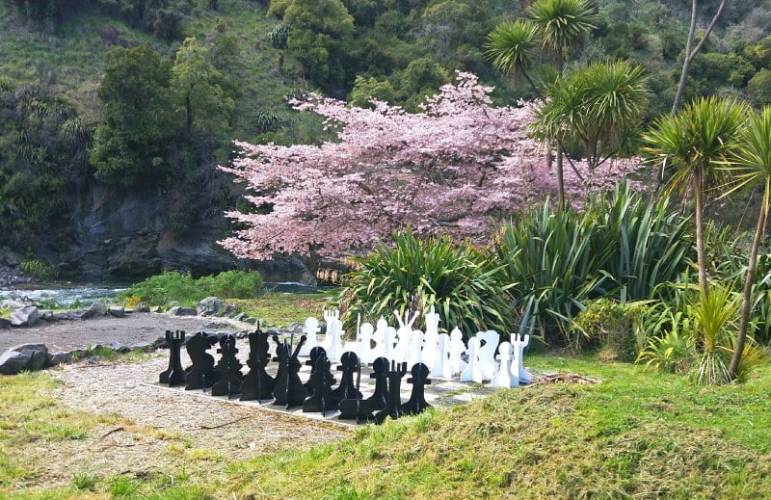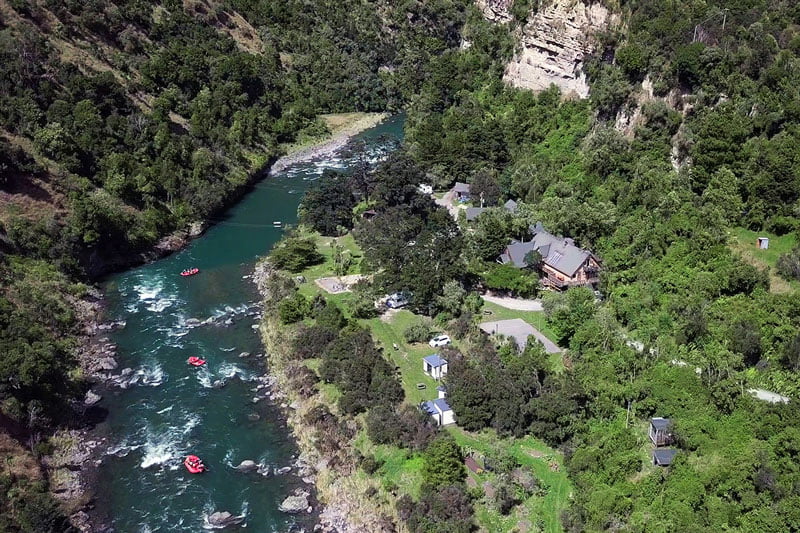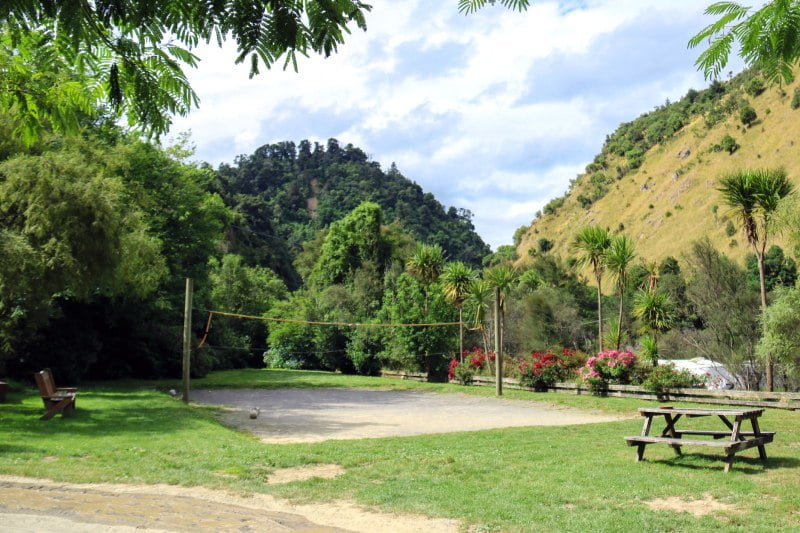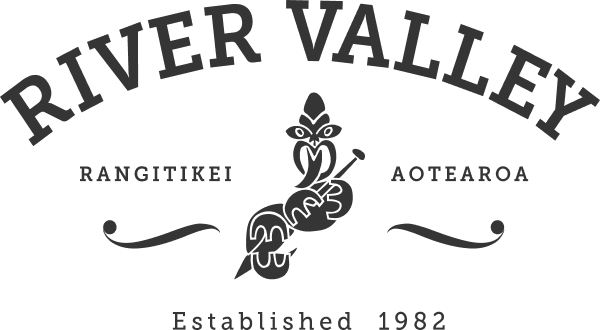To Take That Photo or Not?
Over the last few years, farming and farmers have taken a bad rap.
Most of this bad rap has been driven by the impact farming practices have on the environment. These impacts range from methane emissions from bovine animals, cattle in particular, contributing to global climate change, to the damaging effects intensive farming practices, dairy in particular, have on many waterways.
Organisations such as SAFE are also attacking some farmers over animal welfare standards.
Government legislation attempting to bring farming into a system of accounting for emissions is an area of hot and polarising discussion. The staggering costs of fencing waterways and seeing so much good farming land going into the blight of carbon farming with monoculture pine trees, with the associated loss of rural communities, are not helping either.
In my experience, farmers are hard working people.
Most care passionately for both their land and their livestock. Unfortunately, the level of change being thrust upon them has led to the growth of almost a bunker like, a siege mentality, with a general feeling that they are misunderstood, underappreciated, and not listened to.
In short, a belief that the rest of society is out to get them. This belief has led to increased mental health problems in the farming community.
Over the last couple of generations, the average urban dwelling New Zealander’s contact with farming has steadily declined. Few of today’s urbanites have even been on a farm, let alone know what happens on a farm. The impact of social media has also tended to sensationalise the negative, blowing what are most often isolated incidents way out of proportion. The general public has been led to believe that life on farms should be like a slightly romantic advertising image. An image that has never been a reality. The reasoning goes if it is not this image, then someone is doing something wrong – or worse.
We see this increasing siege mentality in what we do. A good example is the taking of photos by customers on somebody’s farm.
Let me be quite clear: this is common knowledge to anyone with experience in livestock farming. Where you have live animals, you will also have the occasional dead animal. The deaths of these animals can generally be attributed to injury, disease, misadventure, ill health or some other cause. Just observe a human population, and you see the same thing. The death of these animals is only in very rare instances related to lack of care or abuse.
And yet we have farmers who we have worked with for decades now really worried about someone taking a photo that may include a dead sheep. The fear is that this photo will end up on a social media platform and get blown out of proportion with consequent finger pointing by mostly ignorant commentators. The picture will just become more ammunition for the more radical anti-farming elements in society.
Whatever the solution to breaking this siege mentality, it must include an educational element whereby urban dwellers get to experience and see what happens on farms. Mangarara Station, owned by Greg and Rachel Hart in Hawkes Bay, is an excellent example of a farm doing this. They call themselves the family farm and encourage the public to visit and tour it.
The solution has to be more contact between urbanites and the rural farming community, not less.
Break the siege.
Brian Megaw

